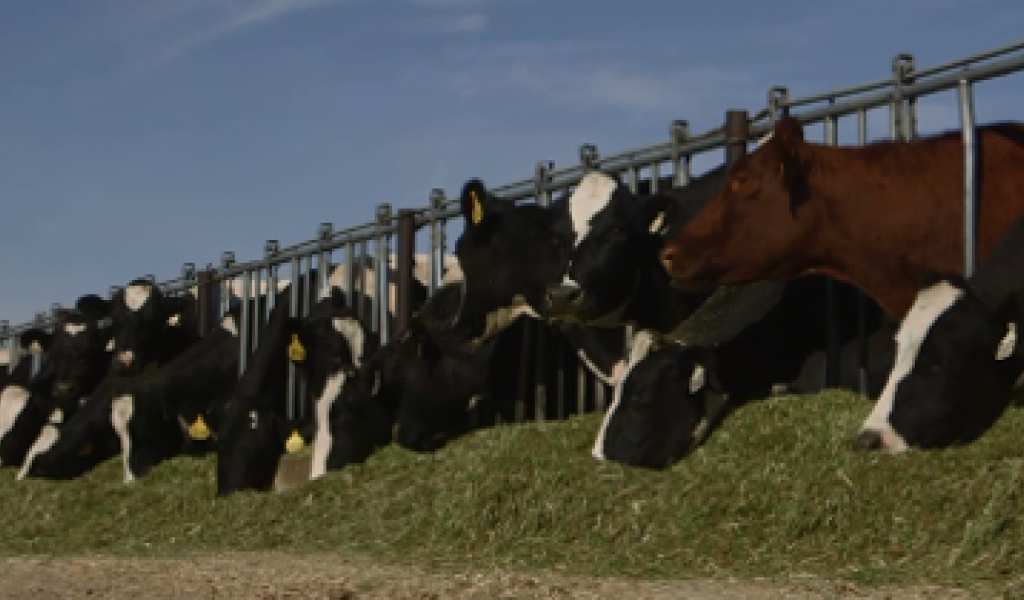
March is Nutrition Month, a great time to not only brush up on what’s best for you and your family, but also to better understand all that dairy farmers do to take great care of their cows on a daily basis – a commitment dairy farmers have embraced for generations.
“From my grandfather milking cows when I was a little boy to now, we take the quality of milk that we sell very seriously and the health of our cows as well,” said Ted Vander Schaaf of Vander Schaaf Farms in Kuna, Idaho.
That means providing healthy living conditions and good medical care – and, with the help of professional animal nutritionists – providing cows with a nutritious diet.
The ingredients in a cow’s diet can depend on the season and the farm’s geography, but it’ll typically include hay (like alfalfa or grass), grains (including corn, wheat and barley), protein sources (like soybeans and canola), and vitamins and minerals.
In fact, depending on where the farm is located, a farmer and the nutritionist may add other interesting and nutritious ingredients to a cow’s diet, like citrus pulp or molasses. Incorporating those types of ingredients (oftentimes a discarded byproduct of a local business) is one of many creative ways that dairy farmers help their communities and be more sustainable.
To learn more about what this means on a modern dairy farm, check out the video below!